The present trip was canceled three times—Christmas 2021 (frigid weather), once in March and once in April (my gathering medical problems)—but I could no longer be deterred. On Saturday morning, I boarded a 32-seater at Express Bus Terminal and went 140 kilometers southeast to an area straddling Gangwon and Chungcheongbuk provinces.
Yeongwol, which I first visited 10 years ago, was gearing up for the 55th annual King Danjong (1441ᅳ1457) Culture Festival. Spread over three days, it is meant to honor this young royal who was so rudely kicked off the throne, sent into exile there and later put to death. I had two other things to see in the area, however. With the help of a lady in Yeongwol’s bus station, I caught a bus going to Gossi-donggul nine kilometers south of the city. It’s a limestone cave with numerous labyrinthine tunnels, chambers and the usual stalagmites and stalactites. The temperature hovers between 8 and 16°C year-round.
The cave sits on the west side of the Han River, while restaurants and other tourist facilities dot the east. I sure thought the days of the 30,000-won hotel room were over, but that is what I paid for one night at the River Park Hotel. By 3 p.m., I had crossed an elegant bridge, paid a 2,500-won entrance fee, put on a plastic helmet and went in. It took just over an hour to walk 600 meters in and 600 back. Far from the most glorious cave I have been in, Gossi-donggul was tight quarters in some places although I would not call it claustrophobic. Someone had given its features whimsical names like “Bottomless Falls,” “Jealousy Rock,” “Palace of Heavenly King” and “Gate of Success.”
We had iron gratings to walk on, handrails to steady us and lights to guide our way—not an “extreme” adventure by any means. Contrast that with the people for whom the cave was named, the Go family. During the Hideyoshi invasions of the 1590s, they hid there. How far in they went, how long they stayed, whether they enjoyed living amid bats and other denizens of the dark can only be guessed at. I have read some accounts which say the male members of the family did more than cautiously hunker down in the cave. They used it as a base for launching a series of guerrilla attacks that helped repel the Japanese invaders.
The full length of Gossi-donggul was first explored in 1965, and it was opened to the public in 1974. A far more interesting fact about the cave, though, is that geologists estimate its formation took place between 400 and 500 million years ago; the Korean peninsula, by contrast, has been home to humans for about 700,000 years.
Back on the other side of the river, I had a meal at an outdoor sikdang and read a few pages from Laurie Robertson-Lorant’s excellent Melville / A Biography before wandering into the Yeongwol Cave Ecology Museum. It was not a bad way to spend an hour, but the place was too kid-oriented for me.
What remained of Saturday I spent watching a baseball game back at the hotel. I would not bother you with such a mundane fact if I had not been struck by a rather significant change. In this particular contest, the San Diego Padres hosted the Los Angeles Dodgers. Kim Ha-seong plays shortstop for the former team, and that alone explains why an MLB game was being televised here in Korea. At any rate, I could hardly believe the amount of advertising behind the plate. I counted 10 items, all of which rotated every few seconds. The pitcher, batter, catcher and umpire, to my dazed eyes, got lost amid all the commercial signage.
I got up the next morning with a clear idea of what I wanted to do but uncertain of just how. Fifteen kilometers further south was an entire complex devoted to a man I consider one of the most fascinating in 19th century Korea: Kim Byeong-yeon, a.k.a. Kim Sat-gat, a.k.a. the Rainhat Poet. One restaurant was open early, so I went in and ordered. When the lady brought my food, I had Choi Ha-sook on my phone. She asked how her monolingual friend (me) could reach the Kim Sat-gat Historic Site. I would have been satisfied with “the bus comes at 10:30” or something of the sort. Far better, she offered to take me in her Hyundai if I would just wait a few minutes. I checked out of the River Park Hotel and was back there without delay.
Kim, who wore a conical satgat hat (typical attire then for farmers and fishermen) on his head as a symbol of self-imposed withdrawal from the light of the sun, nonetheless earned fame for his bon vivant life, poetry and effervescent spirit. He wandered Korea from the farthest reaches of Jeollanam Province up to Kilju in what is now North Korea. Despite descending from an aristocratic family, he was a thorough-going egalitarian, criticizing greed, tyranny and Korea’s materialistic, class-obsessed culture. His poetry—which ran the gamut from nature to human pathos—inspired the masses, giving them a sense of dignity, worth and hope. No angel, he was a feckless womanizer and drank too much. While he has been dead for a century and a half, Kim is not forgotten. He may be fairly compared to Walt Whitman of the USA and Ishikawa Takuboku of Japan. What is considered the first rap song in Korea was Hong Seo-bum’s “Kim Sat-gat” in 1989.
I arrived at the Kim Sat-gat Culture Hall before the 9:00 a.m. opening, which allowed me time to visit a few shrines and statues of him, a restoration of his former home and his grave halfway up a steep hill. Once in the museum, I got to know more about this vagabond poet who used to come up with spontaneous rhymes for his dinner and lodging. Despite not speaking a word of English, the docent was exceedingly kind and helpful. I bought a few things in her gift shop, posed for a photo in a white robe and satgat, holding a staff. Before leaving, I signed and gave her a copy of my first Korean Travels book.
With about two hours to kill before a bus would come and take me back to Yeongwol (and then another to Seoul), I got lucky. No more than 100 meters away from the museum was the LP Café, with Bob Marley’s smiling face featured prominently. The door was wide open, so I went in and introduced myself to Kim Young-min, whose English name is Tom. His establishment, which has been in business for six years, is a place where locals gather, drink coffee or liquor, talk, listen to music and play it. Tom had what looked like 2,000 albums behind the counter, but there were more up-to-date musical methodologies. While I was there, we (two men, whom he identified as his brothers, soon entered) listened to Marley’s “Is This Love,” Janis Joplin’s “Cry Baby,” the Beatles’ rooftop concert version of “Get Back” and B.B. King’s “The Thrill is Gone”; the latter two were actually videos. Tom picked up a guitar, tuned it and did a creditable version of John Denver’s “Almost Heaven.”
I told this friendly man a little about my Jikji campaign of a few years back before heading down the hill to the bus stop. I was home around 6 p.m.
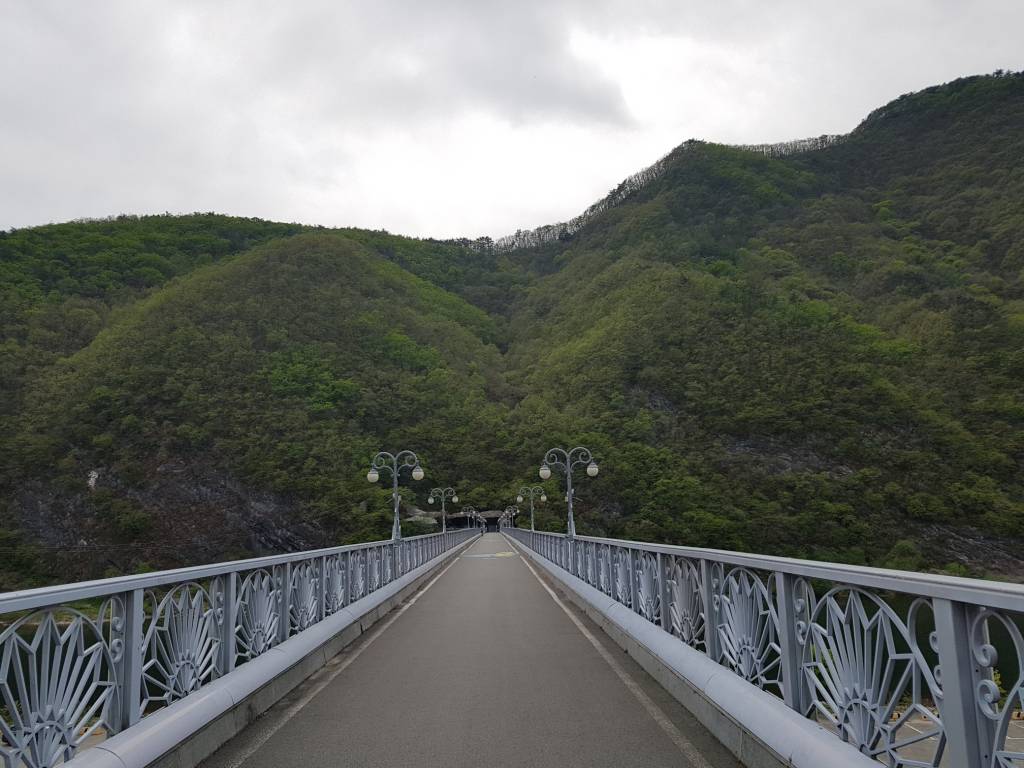
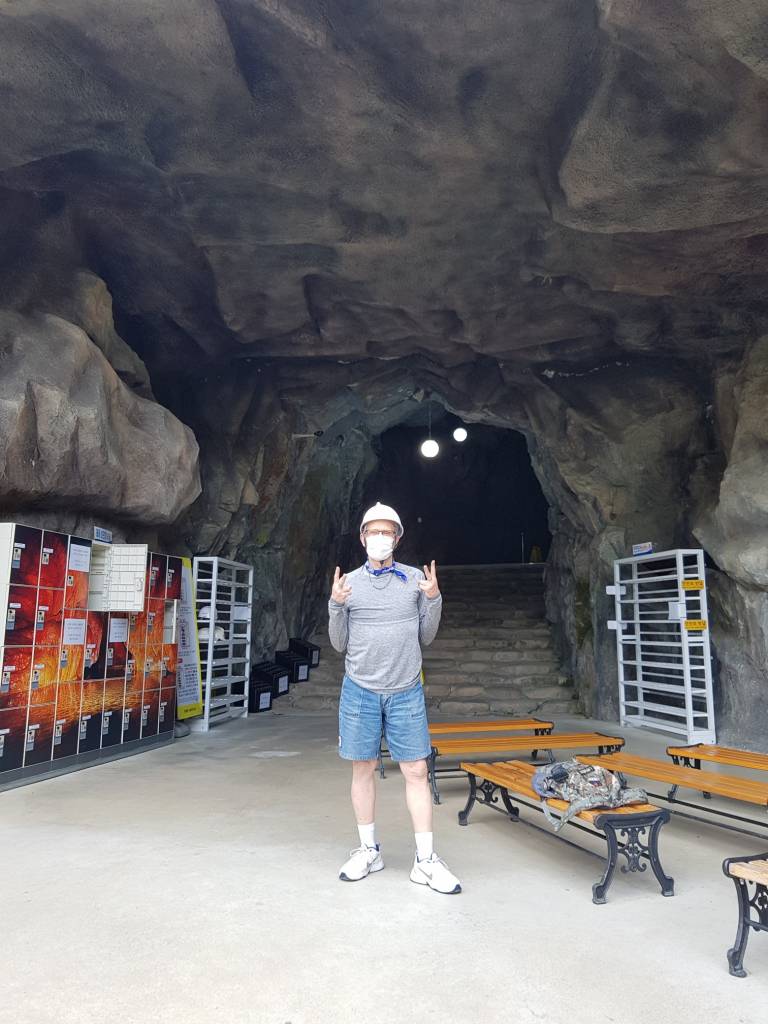
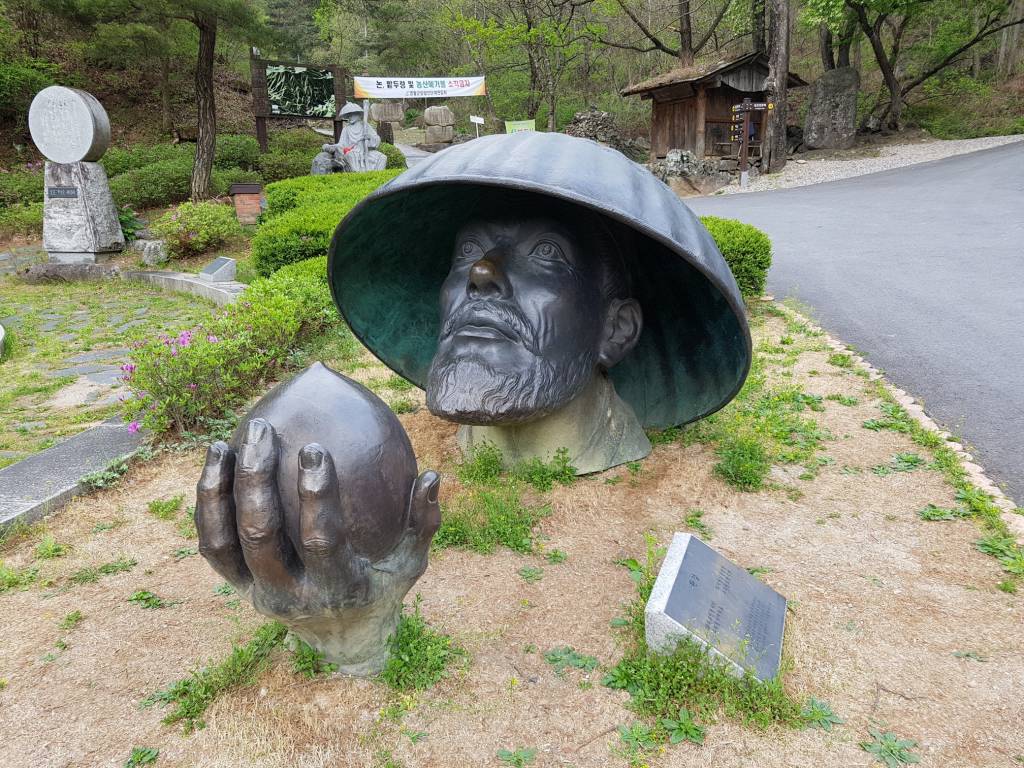
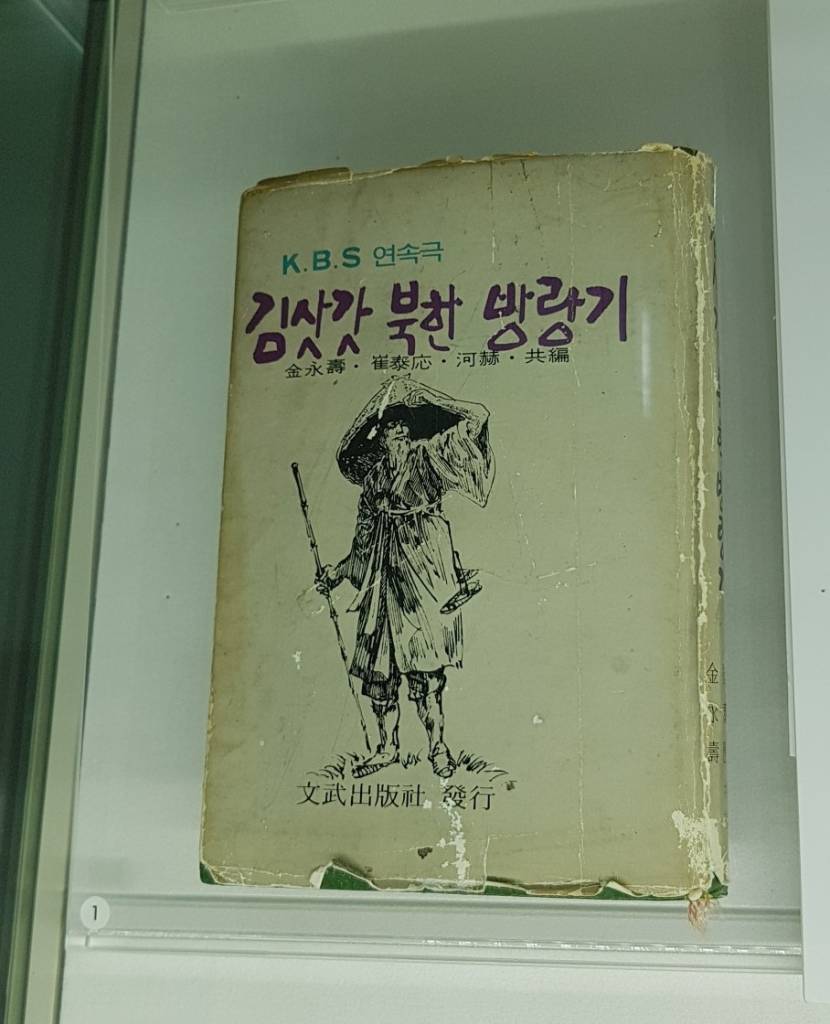
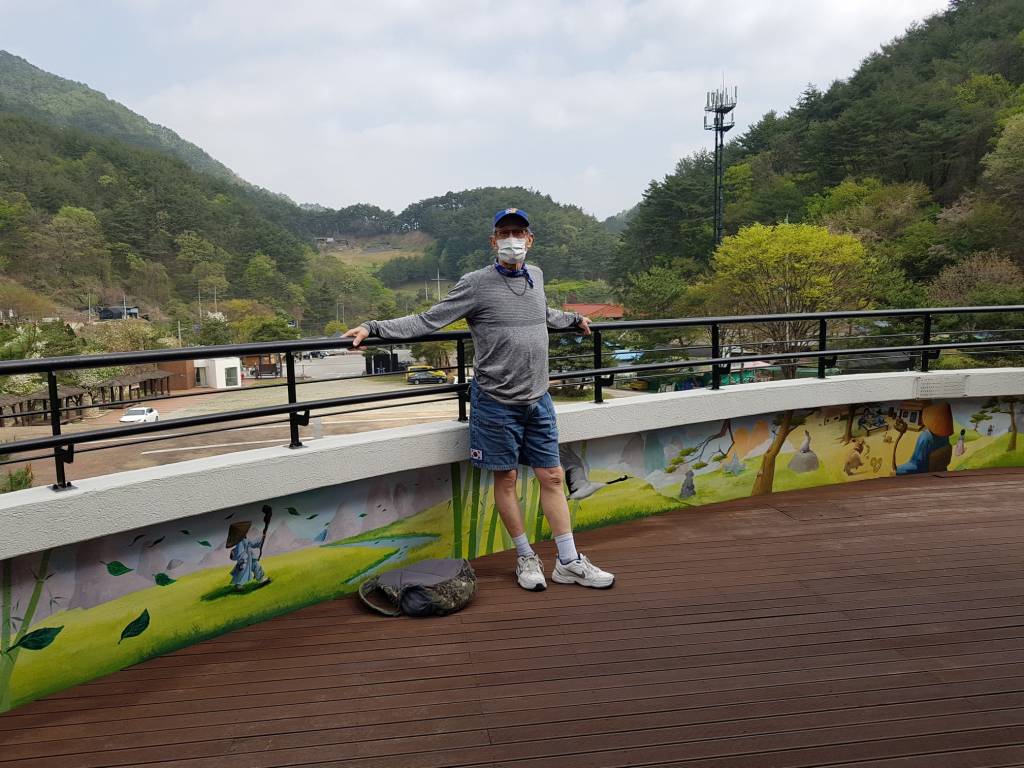
After visiting the Kim Sat-gat Culture Hall….
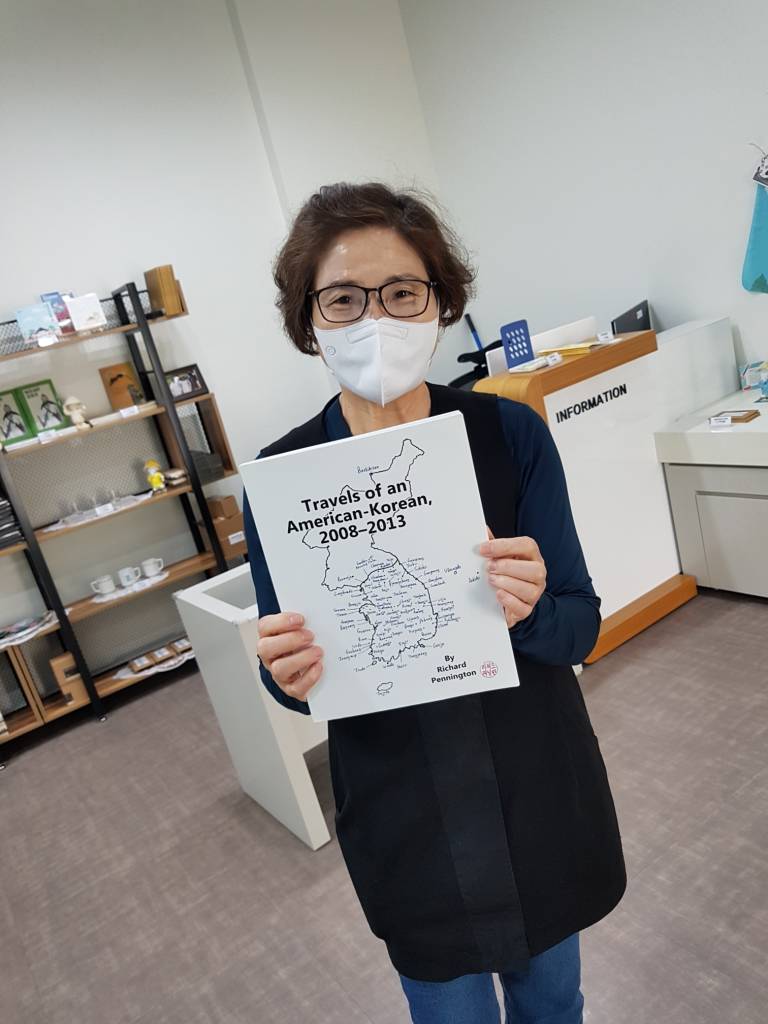
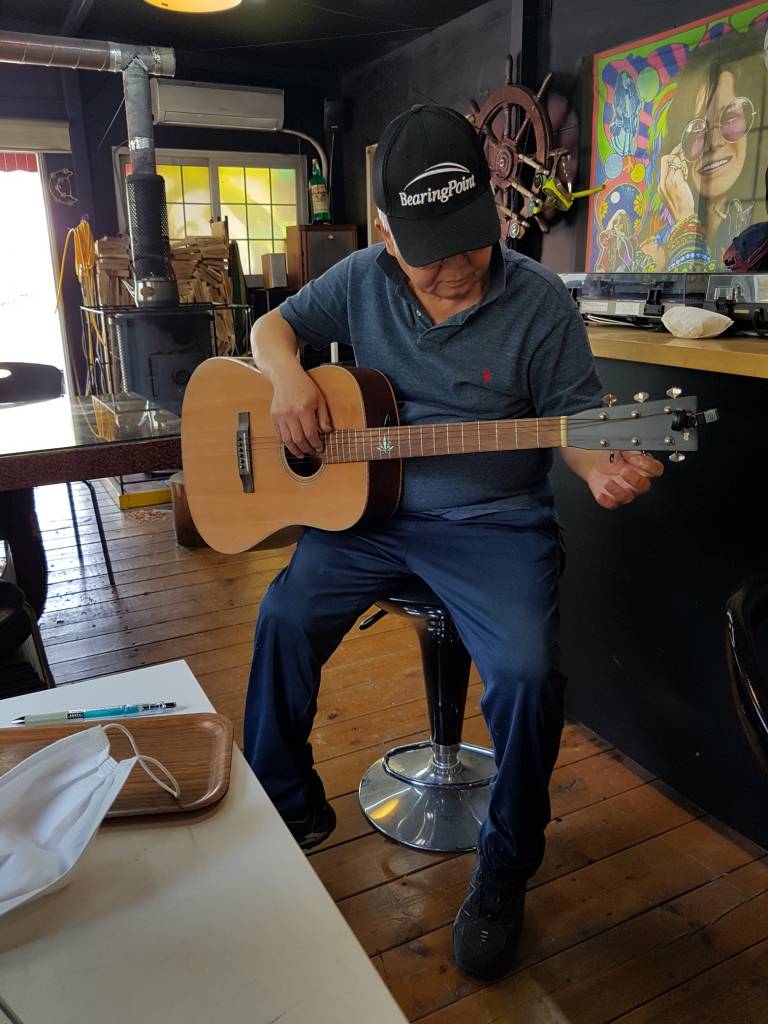

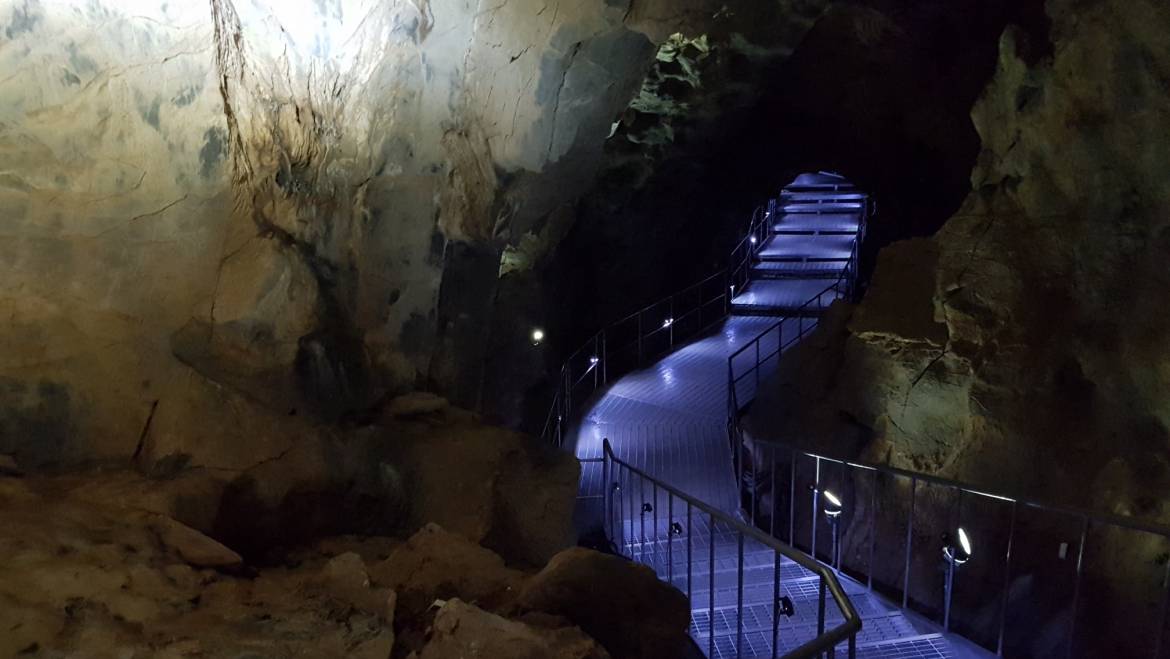
4 Comments
You traveled a lot and visited many places, especially historical ones, where you could see the culture and customs of the Korean people.
Anyone could be envious, but if they knew the man, Richard would see a special man, who became in time an American-Korean.
Eloquent words….thank you, Elly!
Yet another pleasant essay by a man who can write with a soft touch or, when need be, clench his literary fists and let fly. I enjoy learning of Korean culture, history, and the gentle people who embody and present it. Well-done, Mr. Pennington.
Darrell, thanks so much.
Kim Sat-gat, to me, embodies Korean history and culture….strong, resilient, adaptable, and more.
Add Comment